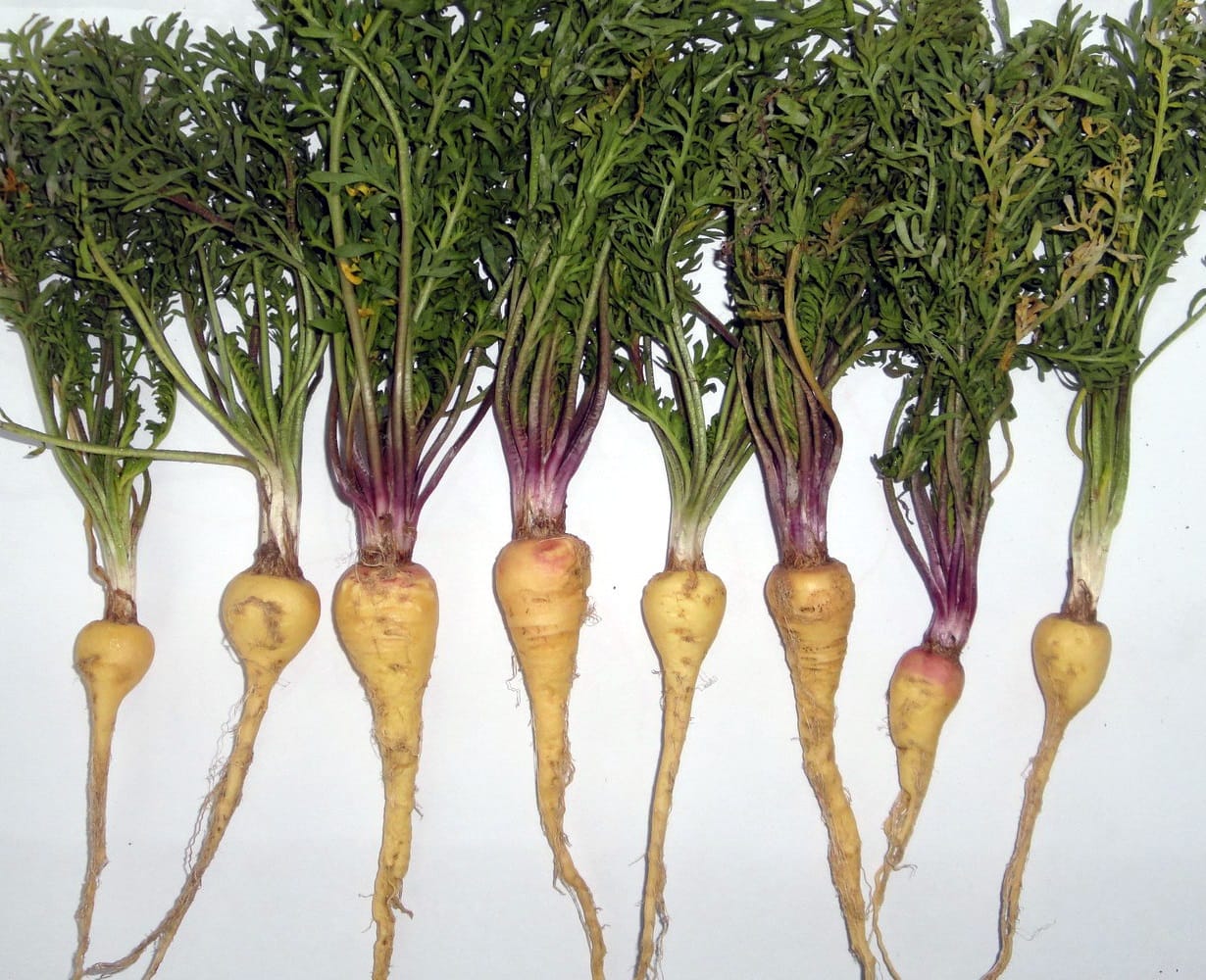Abstract
Maca root (Lepidium meyenii), a resilient plant native to the high Andes of Peru, has garnered global attention for its numerous health benefits and economic potential.
This article explores the benefits of Maca root and its historical significance, characteristics, facts, nutritional value, and uses of maca root.
Furthermore, it delves into the conservation challenges and the growing global market for this remarkable superfood.
Introduction
Maca root, scientifically known as Lepidium meyenii, is a nutrient-dense tuber cultivated for centuries in the Andes region.
Known as “Peruvian ginseng,” maca is revered for its ability to enhance energy, improve fertility, and support overall well-being.
This small, hardy plant has adapted to thrive in one of the harshest climates on Earth, growing at altitudes of up to 4,500 meters above sea level.
With its unique nutritional profile and adaptogenic properties, maca has gained global recognition as a superfood.
Its increasing popularity in modern health and wellness trends highlights its versatility and potential in addressing various health concerns.
Beyond its physical benefits, maca has a cultural and spiritual significance for the indigenous communities of the Andes, where it continues to play a central role in traditional medicine and rituals.
History Of Maca Root
Maca root has been cultivated for over 2,000 years in the harsh, high-altitude climates of the Andes.
Indigenous communities revered it not only as a food source but also as a medicinal plant, often using it to enhance stamina and fertility in both humans and livestock.
Historical records suggest that maca was a staple in the diet of the ancient Incas, who believed it endowed them with strength and vitality.
During the height of the Incan Empire, maca was often reserved for warriors and royalty, symbolizing its esteemed value.
It also served as a trade commodity, exchanged for goods like corn and potatoes. Spanish colonizers were introduced to maca during the 16th century and documented its remarkable ability to improve the reproductive health of livestock.
Despite its ancient roots, maca remained relatively unknown outside the Andes until recent decades, when scientific studies and global health movements propelled it into the spotlight as a natural remedy for various ailments.
Characteristics Of Maca Root
Maca is a biennial plant, thriving at altitudes between 3,500 and 4,500 meters above sea level.
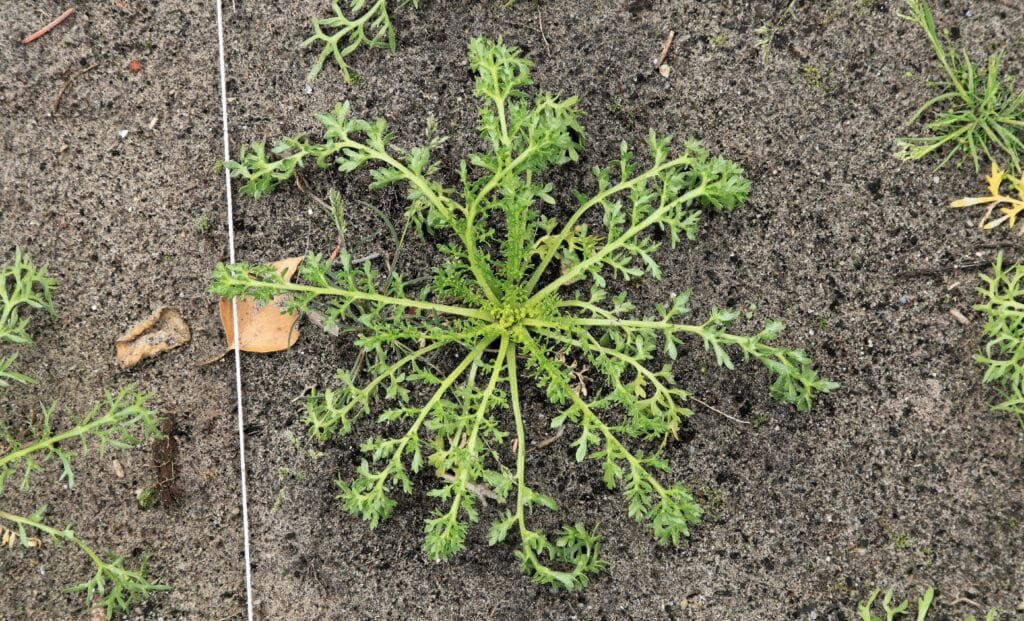
It produces a small, turnip-like root that can vary in color—yellow, red, or black—each offering unique benefits.
The plant is highly resistant to extreme weather, making it a staple in the harsh Andean environment.
Environmental Benefits
- Erosion Control: Maca cultivation helps stabilize soil in high-altitude regions prone to erosion.
- Biodiversity Preservation: As a native species, maca supports the ecological balance of Andean agriculture.
- Sustainable Farming: Its low water requirements and natural resistance to pests reduce the need for chemical interventions, promoting eco-friendly farming practices.
Benefits Of Maca Root
Here are some benefits of Maca root:
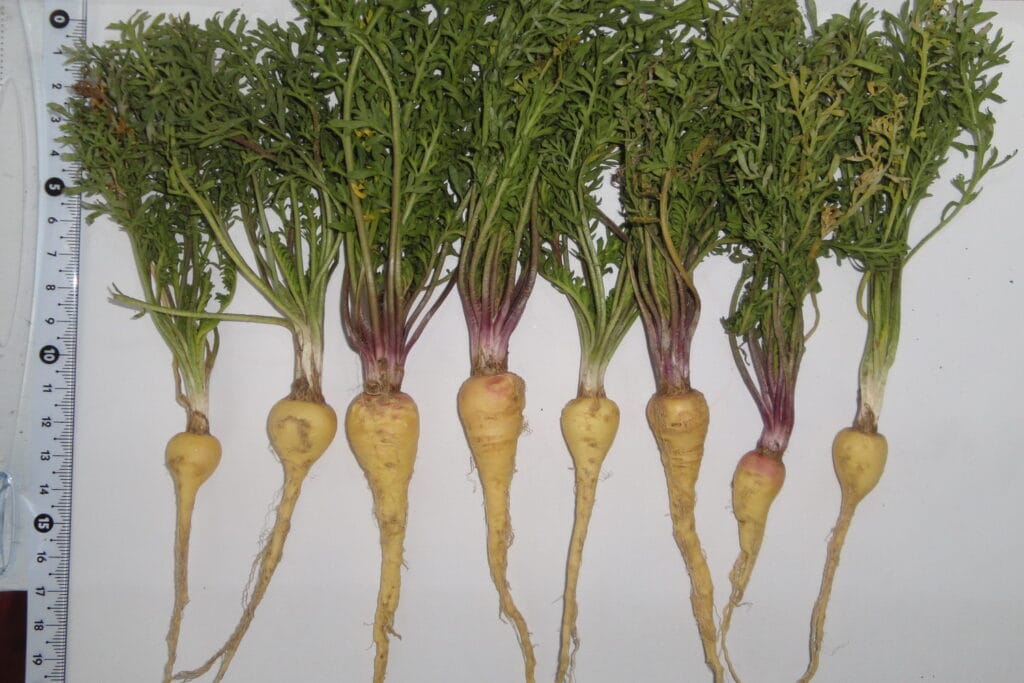
- Energy and Stamina: Maca is celebrated for its adaptogenic properties, helping the body manage stress and improve physical endurance.
- Fertility and Libido: Research suggests maca may enhance fertility and boost libido in both men and women.
- Hormonal Balance: It supports hormonal health, alleviating symptoms of menopause and PMS.
- Mental Clarity: Regular consumption has been linked to improved memory and cognitive function.
- Nutritional Support: Packed with vitamins, minerals, and antioxidants, maca aids in overall health and immune function.
- Bone Health: Rich in calcium and phosphorus, maca contributes to stronger bones and reduces the risk of osteoporosis.
- Mood Enhancement: The adaptogens in maca help regulate mood, reducing symptoms of anxiety and depression.
- Skin Health: Antioxidants in maca combat free radicals, improving skin elasticity and reducing signs of aging.
- Endocrine Support: Maca is believed to regulate thyroid function, supporting metabolic health.
Uses
- Dietary Supplement: Available in powder, capsule, or liquid extract forms.
- Cosmetics: Incorporated into skincare products for its antioxidant properties.
- Animal Feed: Used to enhance fertility and vigor in livestock.
Economic Significance
Maca root contributes significantly to the Peruvian economy, creating livelihoods for farmers and exporting communities.
The global demand for maca has led to its inclusion in health and wellness markets worldwide, particularly in North America, Europe, and Asia.
Market
The maca market has seen exponential growth due to its popularity as a superfood. The demand for organic and sustainably sourced maca is rising, driving innovation in product development such as maca-infused beverages, energy bars, and cosmetics.
Conservation and Challenges
Despite its benefits, maca cultivation faces challenges, including overharvesting and climate change.
Unsustainable farming practices threaten its genetic diversity, making conservation efforts essential. Promoting fair trade and organic certifications can support sustainable growth.
Interesting Facts About Maca Root
Here are some interesting facts about Maca root:
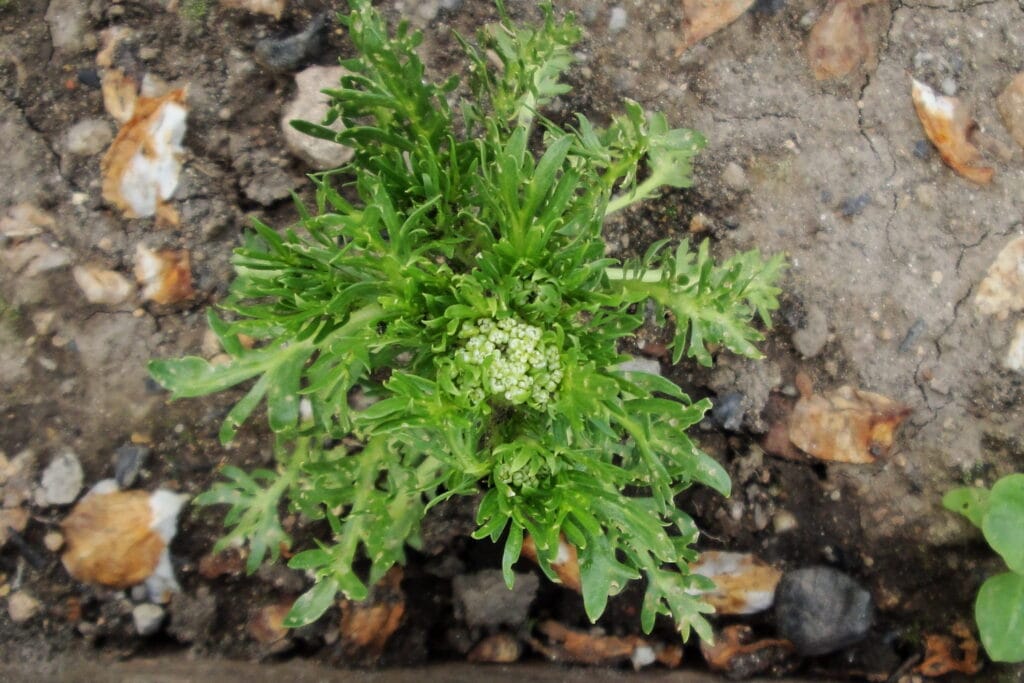
- Maca is one of the few crops that can thrive at altitudes exceeding 4,000 meters.
- The Incas consumed maca before battles, believing it gave them strength and stamina.
- Yellow maca is the most common variety, but black and red maca offer unique health benefits.
- Maca root is believed to have aphrodisiac properties, contributing to its nickname “Nature’s Viagra.”
- Unlike many plants, maca is pollinated by flies rather than bees.
Culinary Uses Of Maca Root
Maca root has a mild, nutty flavor, making it versatile in culinary applications. It can be added to:
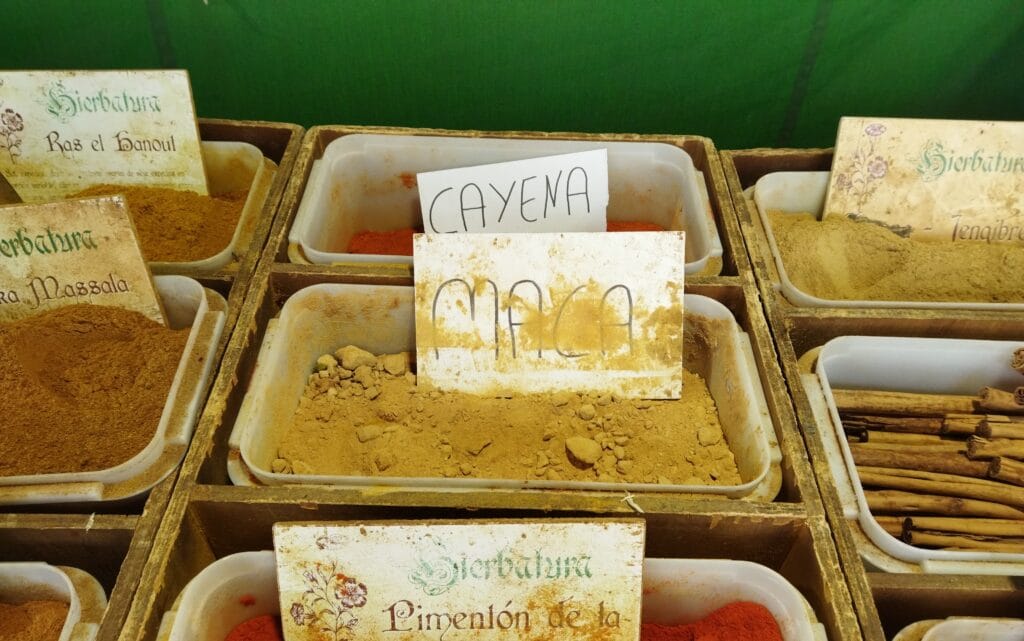
- Smoothies and shakes
- Baked goods like muffins and cookies
- Soups and stews
Nutritional Benefits
Maca root is a powerhouse of nutrition, containing:
- High levels of calcium, potassium, and iron
- Essential amino acids
- Antioxidants that combat oxidative stress
- Complex carbohydrates for sustained energy
Traditional Dishes
In Peru, maca root is often boiled or roasted and used in traditional dishes such as maca porridge and maca-flavored drinks.
Caution
While maca is generally safe, excessive consumption may lead to side effects like digestive discomfort or hormonal imbalance.
Individuals with thyroid issues should consult a healthcare provider due to its high iodine content. Pregnant or breastfeeding women should also exercise caution, as there is limited research on maca’s safety in these conditions.
It is advisable to start with small doses and gradually increase, monitoring for any adverse reactions. As maca is a potent adaptogen, it is best to cycle its use, taking breaks after prolonged periods of consumption.
Conclusion
Maca root (Lepidium meyenii) stands out as a nutritional powerhouse and a symbol of resilience.
Its benefits, ranging from boosting energy to enhancing fertility, make it a valuable addition to diets worldwide.
However, its popularity comes with responsibilities: sustainable farming, mindful consumption, and conservation efforts are essential to preserve this Andean treasure for future generations.
By understanding its history, uses, and potential, we can ensure that maca continues to thrive and benefit people globally while honoring the traditions and communities that have cultivated it for centuries.
Also Read: Benefits of Strawberry Apple (Malus domestica) A Detailed Analysis of its History, Benefits, Uses, Facts and safety
Well, what do you think about the article?
Did you enjoy reading “Benefits of Maca Root (Lepidium meyenii) A Detailed Analysis of its History, Benefits, Uses, Facts and safety“?
We really hope that you have found this article informative and engaging. If you have any thoughts or comments about this post, please feel free to share them in the comment section below. We appreciate your feedback and would be glad to hear from you.
To see more content like this check the gardening section of Money For My Beer.

